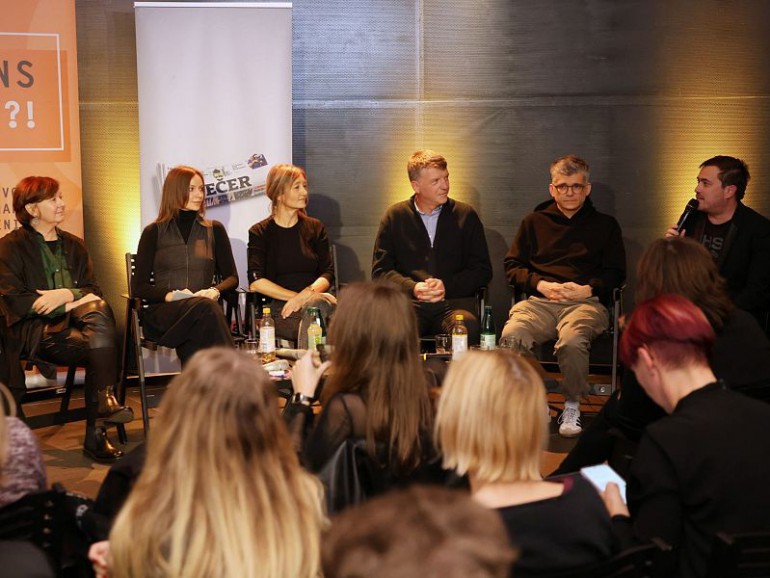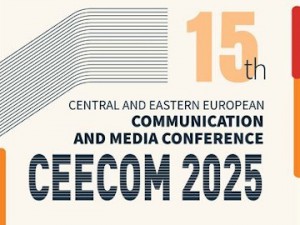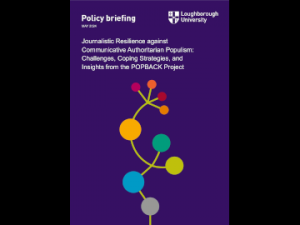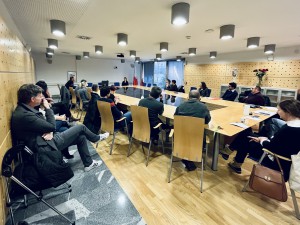Uniform Media, Diverse Publics – How do we move “Forward”?
28. 11. 2025 | Media

According to research presented by Peace Institute researchers at the Naprej/Forward journalism festival in Maribor on Friday, 14 November, Slovenian media are becoming increasingly uniform. Conditions for democratic, pluralistic, and independent media work are increasingly threatened, while at the same time there is a strong social desire to restore trust in the media as a public good, the presentation highlighted.
Mojca Pajnik and Lori Šramel Čebular presented the findings of the AFEMED project, which analyzes media transformations in Slovenia between 2010 and 2022 and draws attention to strategies that have led to a highly concentrated market. The researchers situated the Slovenian media system within broader regional trends in Central and Eastern Europe, marked by the withdrawal of Western media owners, the rise of domestic and Eastern European oligarchs, and the expansion of party-affiliated media networks.
They presented a map of media ownership that indicates a decline in print media, the growth of online media, and increasing ownership consolidation centered around a small number of individuals. The study identified dominant media groups ranging from local conglomerates and regional media giants to politically connected media networks.
Brankica Petković presented the findings of the MeDeMAP project, which shows journalists’ strong commitment to providing credible information. In practice, however, they are constrained by financial insecurity, ownership pressures, shrinking newsrooms, and political influence. At the same time, the research reveals citizens’ doubts about whether the democratic role of the media is even possible under the current systemic conditions.

Photo: Sašo Bizjak, Večer
At the event, Brankica Petković highlighted the key impressions from citizens’ parliaments, namely, that citizens want free media and democracy. They expressed demands for a unified regulator, the promotion of worker ownership, and transparent media financing. A strong social desire to restore trust in the media as a public good was clearly present.
Particularly relevant is the fact that cooperation between the journalistic sphere and civil society is important, since citizens, as Brankica Petkovič emphasized at the event, are a “treasure of ideas,” which is also demonstrated by the rich set of demands formulated within the project.
The entire event, which also included researchers from the Faculty of Social Sciences, Igor Vobič and Boris Mancet (who shed light on the increasingly unison news media landscape) illustrates the urgency of systemic change in the media sector. At the same time, the such events open up possibilities for imagining collaboration between different groups – from researchers and journalists to citizens – and the potential that such interweaving of actors and ideas can create.

Photo: Sašo Bizjak, Večer




